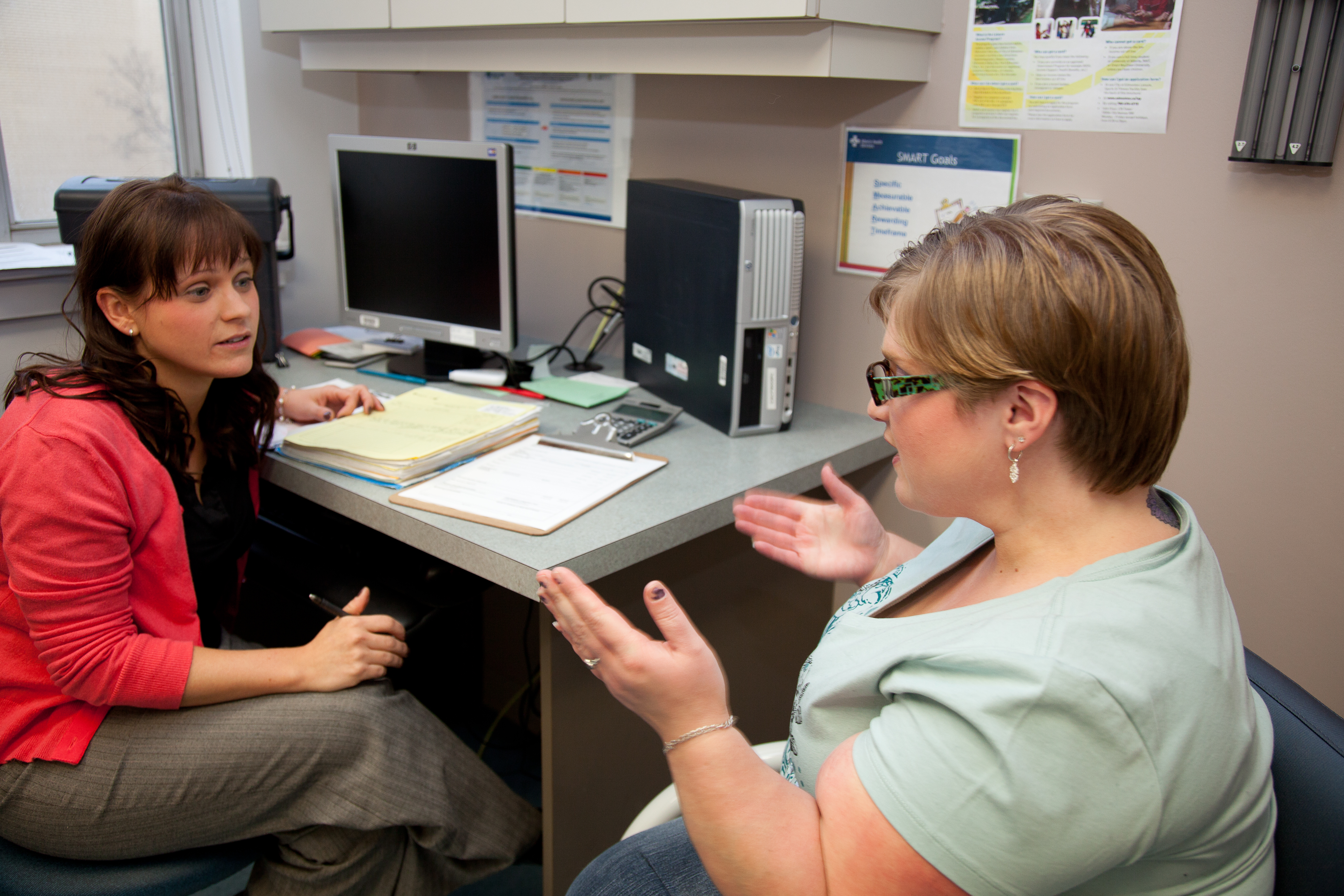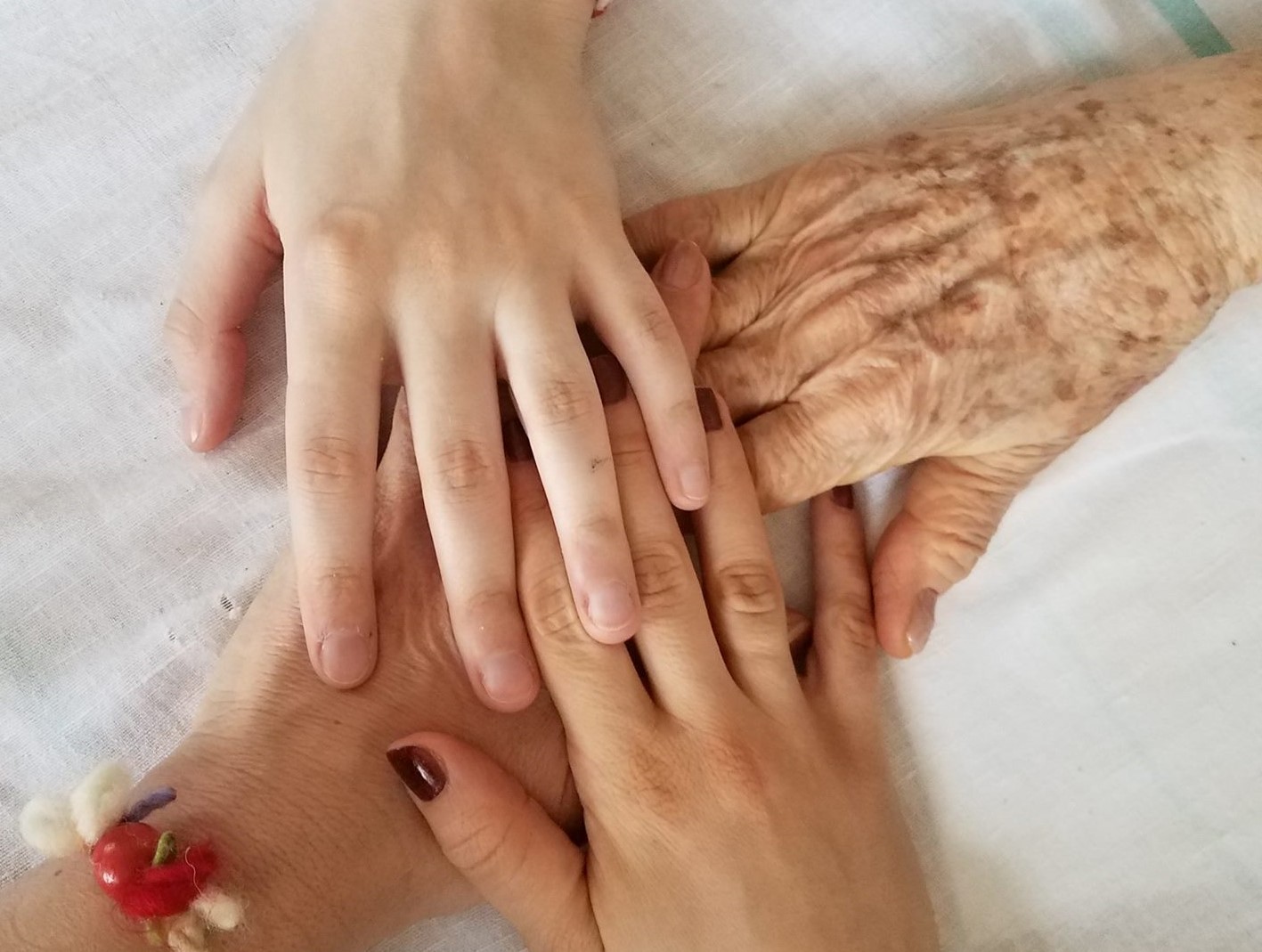Fizička aktivnost u starijoj dobi: koliko je dovoljno?
Autorica: Anne Tiedemann, Sveučilište u Sydney-u, Australija
“Nedostatak aktivnosti uništava dobru kondiciju svakog ljudskog bića, dok ju kretanje i metodičke fizičke vježbe čuvaju i održavaju”…Platon, 400. pr.Kr.
Oduvijek je bilo poznato kako je redovita fizička aktivnost važna za naše zdravlje i blagostanje. No, poruke koje promoviraju zdrav način života često su usmjerene na djecu i mlade, dok se nedostatan fokus stavlja na značaj fizičke aktivnosti za ljude starije od 65 godina. Međutim, u starijoj je dobi od presudne važnosti uključivanje tjelesne aktivnosti u svakodnevicu.












